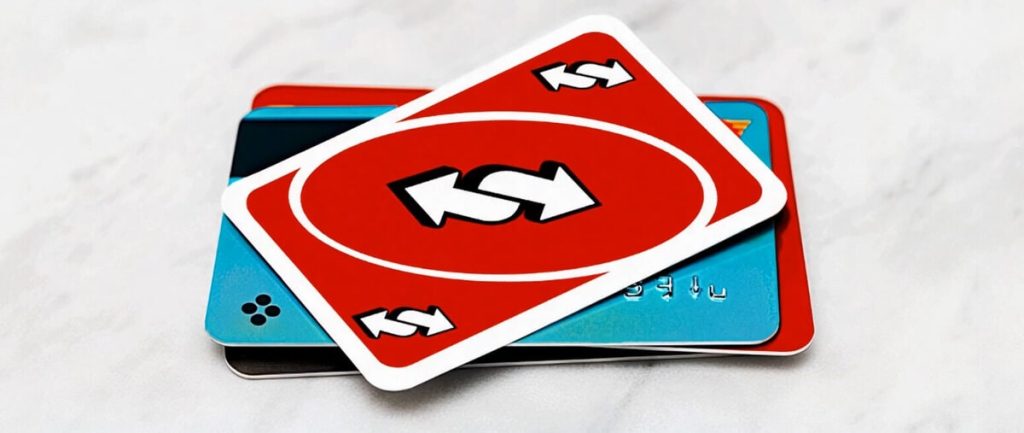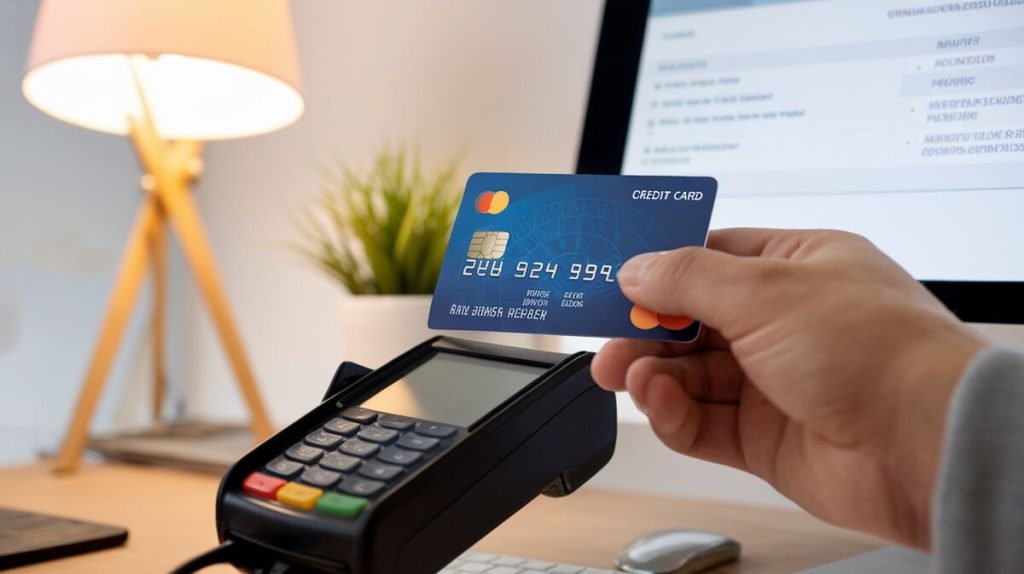Managing chargebacks is a critical aspect of doing business, especially online. A chargeback occurs when a customer disputes a charge, and funds are withdrawn from the merchant’s account. Chargeback reversals are possible, but they require a clear process and solid evidence. This guide outlines how to handle chargebacks effectively and minimize the financial impact on your business.
What is a Chargeback Reversal?
A chargeback reversal happens when a merchant successfully disputes a chargeback, leading to the return of funds. Reversing a chargeback is essential, as unresolved chargebacks cost businesses billions each year. According to industry studies, chargebacks cost businesses $40 billion annually, including the transaction amount, chargeback fees, and lost goods or services.
Chargeback Statistics
| Metric | Value |
|---|---|
| Global annual chargeback losses | $40 billion |
| Average chargeback rate (e-commerce) | 0.6-1.2% |
| Chargeback fees per transaction | $20-$100 |
| Chargebacks due to fraud | 58% |
Why Chargebacks Matter
Chargebacks lead to direct financial loss and potential fines from card networks. If your chargeback ratio exceeds 0.9% (Visa and MasterCard’s threshold), you may face penalties or account suspension. Visa and MasterCard closely monitor merchant chargeback rates, which can also affect your ability to process payments.

How the Chargeback Reversal Process Works
Step 1: Notification
When a customer disputes a charge, you receive a notification from the payment processor. For example, Stripe and Braintree typically allow 7-10 days to respond. It’s important to act quickly to prepare your case.
Step 2: Reason Code
Chargeback notifications include a reason code explaining why the customer disputed the charge. Knowing the reason code is key to preparing your response. Visa’s Reason Code 13.1 relates to merchandise not received, while MasterCard 4837 involves no cardholder authorization. Your response must directly address the claim.
Step 3: Gathering Evidence
To win a chargeback reversal, you must provide clear evidence. Typical documentation includes:
- Transaction receipts
- Proof of delivery (tracking numbers, signed receipts)
- Communication logs
- Contracts or agreements
If the dispute involves product delivery, submit tracking numbers showing the product was delivered. For fraud disputes, provide proof of identity verification. According to Visa’s chargeback guide, submitting thorough documentation significantly improves your chances of success.
Step 4: Submitting the Rebuttal
Once you’ve gathered the evidence, you submit it, along with a rebuttal letter, to the issuing bank. Ensure the response is submitted before the deadline, which is typically 10-14 days. Missing this deadline results in an automatic loss.
Step 5: Waiting for Resolution
The bank reviews your evidence and decides whether to uphold or reverse the chargeback. The process can take 30 to 90 days, depending on the complexity of the case.
Tip: Use a reliable payment processor such as Checkout.com or Braintree, which can help streamline the submission process.
Trusted Solutions for Chargeback Prevention
Working with reputable partners can improve your chargeback prevention strategy. Merchanto.org, an official partner of Visa and MasterCard, offers specialized tools for preventing and managing chargebacks. They provide merchants with comprehensive solutions that help reduce fraud-related chargebacks and protect revenue. Learn more at Merchanto.org.
Types of Chargebacks and How to Respond
Chargebacks fall into four primary categories:
- Fraudulent Transactions: When customers claim unauthorized charges.
- Product Not Delivered: When customers say they never received goods or services.
- Duplicate Transactions: Double charges for a single transaction.
- Recurring Billing Disputes: Subscription issues where customers claim they canceled but were still charged.
To effectively respond to chargebacks, merchants must understand the reason for the dispute and prepare the right evidence.
Chargeback Reasons (Table)
| Reason Code | Description | Recommended Evidence |
|---|---|---|
| Visa 13.1 | Merchandise Not Received | Shipping logs, delivery confirmation |
| MasterCard 4837 | No Cardholder Authorization | Signed receipts, authorization data |
| Visa 10.4 | Fraud – Card Not Present | Customer identity verification, IP logs |
| MasterCard 4841 | Cancelled Recurring Transaction | Cancellation confirmation, billing logs |

Best Practices for Chargeback Reversals
- Maintain Complete Records: Store all relevant transaction information, including order confirmations, shipping details, and customer interactions.
- Submit Accurate and Timely Responses: Avoid delays in responding to chargeback notifications. Submit all evidence within the required timeframe.
- Leverage Automation: Payment processors like Stripe and Checkout.com offer chargeback management tools that automate evidence gathering and submission, improving accuracy and timeliness.
- Monitor Your Chargeback Ratio: Keep your chargeback ratio under 0.9%. Higher rates could lead to penalties from Visa and MasterCard. Many businesses track this metric through their payment processor’s dashboard.
Chargeback Success Rates (Table)
| Chargeback Category | Average Reversal Success Rate | Main Reason for Failure |
|---|---|---|
| Friendly Fraud | 60-75% | Insufficient evidence |
| Fraudulent Transactions | 40-55% | Delayed response |
| Product Not Delivered | 50-65% | Lack of delivery confirmation |
| Duplicate Billing | 70-85% | Incomplete documentation |
How to Reduce Chargebacks
Preventing chargebacks is always preferable to disputing them. Here are a few strategies to reduce the occurrence of chargebacks:
- Use Clear Billing Descriptors: Ensure that customers recognize the transaction on their statements to avoid confusion and unnecessary disputes.
- Improve Customer Service: Many disputes arise from miscommunication. Provide customers with easy access to support, and resolve issues promptly.
- Offer Flexible Return Policies: Clear, customer-friendly return policies reduce the likelihood of customers disputing charges.
- Implement Strong Fraud Prevention Tools: Payment processors like Checkout.com and Stripe offer tools that can detect and prevent fraudulent transactions, minimizing chargeback risks.
Common Chargeback Prevention Strategies (Table)
| Prevention Strategy | Effectiveness | Use Case |
|---|---|---|
| Clear Billing Descriptors | High | Reduces disputes over unrecognized charges |
| Strong Customer Support | Medium | Resolves issues before they escalate |
| Fraud Prevention Tools | High | Prevents unauthorized transactions |
| Flexible Return Policies | Medium | Reduces disputes over product issues |
Key Metrics to Track
Monitoring chargebacks regularly allows you to identify trends and take corrective actions before issues escalate. Key metrics include:
- Chargeback Success Rate: The percentage of disputes resolved in the merchant’s favor.
- Chargeback Ratio: The percentage of chargebacks compared to total transactions.
- Average Response Time: How quickly you respond to chargeback notifications.
Key Metrics (Table)
| Metric | Target Value | Explanation |
|---|---|---|
| Chargeback Success Rate | 60-80% | The percentage of chargebacks successfully reversed |
| Chargeback Ratio | <0.9% | The percentage of chargebacks compared to total transactions |
| Average Response Time | <7 days | How quickly the merchant responds to disputes |
Conclusion
Handling chargebacks efficiently is crucial for protecting your revenue. Following a structured approach, maintaining detailed records, and responding promptly can significantly increase your chances of winning chargeback disputes.
By understanding the chargeback process and implementing proven strategies, businesses can reduce their chargeback rates, minimize financial losses, and maintain healthier relationships with card networks.



